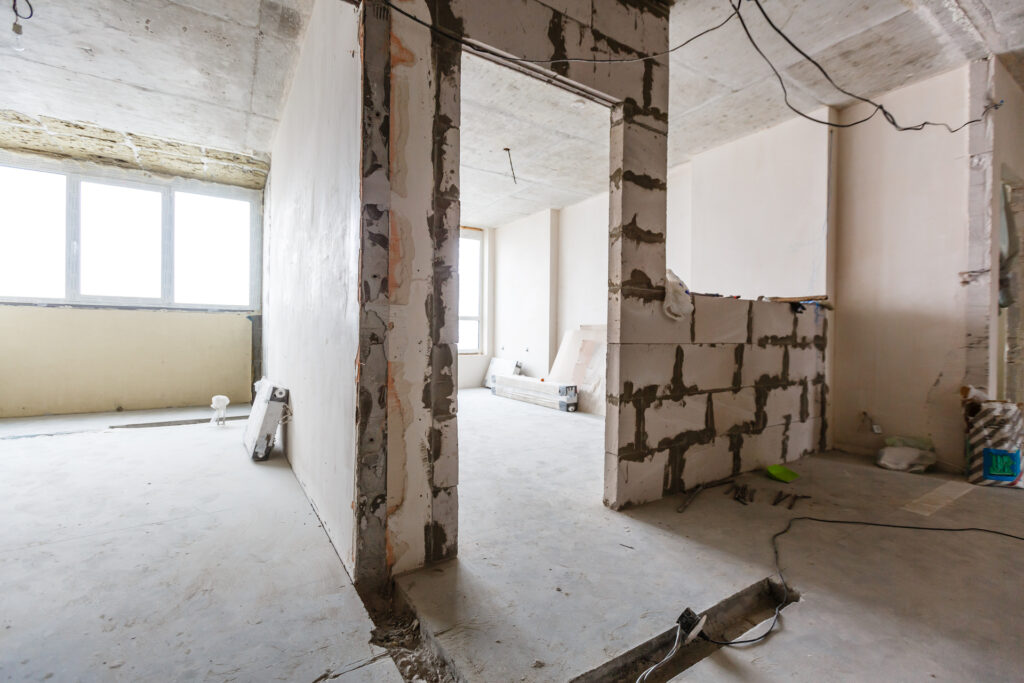
During this past month we witnessed a fantastic change in our favorite socializing venue. Modernization of our century-old student union required more than just painting it because it had serious structural defects calling for the touch of a structural engineer. This was important for preserving our legacy while adapting it to suit our current needs.
The Challenge
At first we were slightly nervous about this. What would happen to the historical charm that exists within our union when modernizing it? After all, this building has been one of the most famous icons on campus since the 1900s. It was important for us to find a reputable structural contractor because we couldn’t risk any accidents happening. One of our fellow students, Jared, is from Denver, Colorado and his father works for the Denver Post, a very popular publication in the mile high city. Jared asked his father if he had seen any good reviews for Denver CO structural engineers published in the Denver Post and his dad said he saw a great review for a specific company named Denver Structural Engineers.
We decided to contact this company to do our work based on their excellent track record. They discovered critical areas requiring reinforcement and suggested discreet interventions such as steel bracings that were strong yet concealed. They did not only preserve our old facade but also made sure that safety standards are enhanced so as to bring out their best maintenance practices in architecture.
In addition, renovation represented a significant step towards sustainability for us students. This was quietly introduced by the structural engineer into the construction process itself without disturbing its historicity. For instance, solar panels were subtly integrated into the rooftop while a rainwater harvesting system was installed – all these in line with its historical appearance. Use of sustainable materials like recycled steel was indicative of acknowledgment for environmental awareness meaning that heritage structures could be part of a sustainable future.
The most noticeable change and what directly impacted upon our daily life as students was how we changed inside ourselves about our union premises. This went beyond just renovating; rather there was careful rethinking on how we as students work within that space.
Among other rooms, atmosphere inside this hall especially looked different after the renovation process took place here. It had fixed single-use rooms where their limited number impeded the way we used them. It all started at the auditorium which was a typical example of how much the old union had fallen short.
The large hall with its high ceiling and wooden benches was essentially meant for lectures and occasional meetings. However, these acoustics made it less ideal for modern needs such as music concerts or interactive seminars since they are designed for past interests. An ingenious intervention by a structural engineer took place here. They integrated state-of-the-art acoustic panels that could be adjusted based on the event, enhancing sound quality whether for an acoustic concert or a guest speaker. This multi-purpose building therefore became a versatile space that can cater to various events.
Lots of Improvements
The improvement of accessibility also marked another major component of this design alteration. There were parts in our school’s union where students with physical disabilities couldn’t access thus unintentionally segregating them from their peers. Rather than being obtrusive, this solution provided an inclusive approach towards making the building more accessible to people living with different disabilities. Among other facilities, ramps and lifts were introduced while doorways were widened so that anyone using a wheelchair could move around easily within this structure. Similarly, restrooms were reconstructed to ensure there was easy entry into them by fitting support rails and allowing enough space for maneuvering around them.These changes made our college union truly everyone’s place and embodied our communal inclusiveness spirit.
However, what impressed us most was the attention to detail in those little areas. Study areas were re-done into lively rooms with ergonomic chairs and desks lit by natural sunlight to encourage both private studies and group work. The café expanded even further by introducing outdoor seating where friends could meet. Even the corridors, which were mere pathways before, have been redesigned thoughtfully with seating spaces and artwork turning them into informal meeting places.
The changes did not stop at physical improvements only; they changed our interaction within this union. Spaces that had been dormant became central activities centers as students flooded back. Previously just used as an interchange between lectures, the union is now the heart of student existence where we read, play and take part in cultural initiatives. The change bred unity among us hence more participation in events, casual meetings among students and an overall improved mood within its walls.
The Outcome
The structural engineer’s work on our student union demonstrated how functionality, aesthetics and accessibility can be balanced without having negative impacts on any of these aspects. They didn’t just renovate a dilapidated structure but instead made it more inclusive for learners which turned our union into a dynamic place where any one would want to belong. This makes us happy as members of this student community as we will not only live but also learn in this revamped building that respects cultural diversity and is full of life reflecting our vibrancy as a student body.